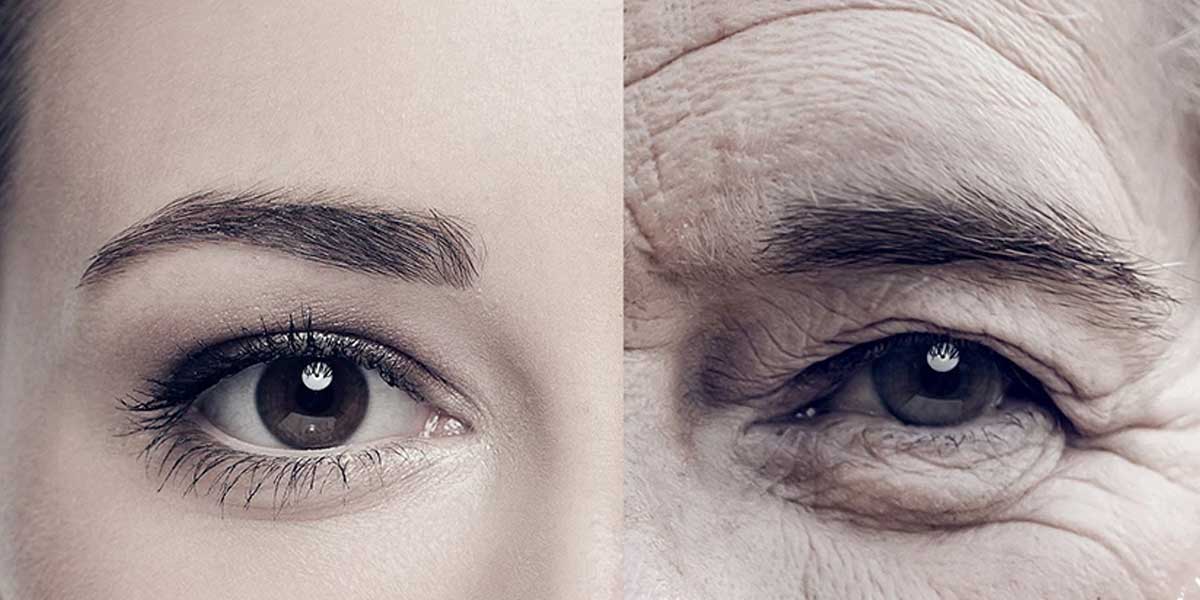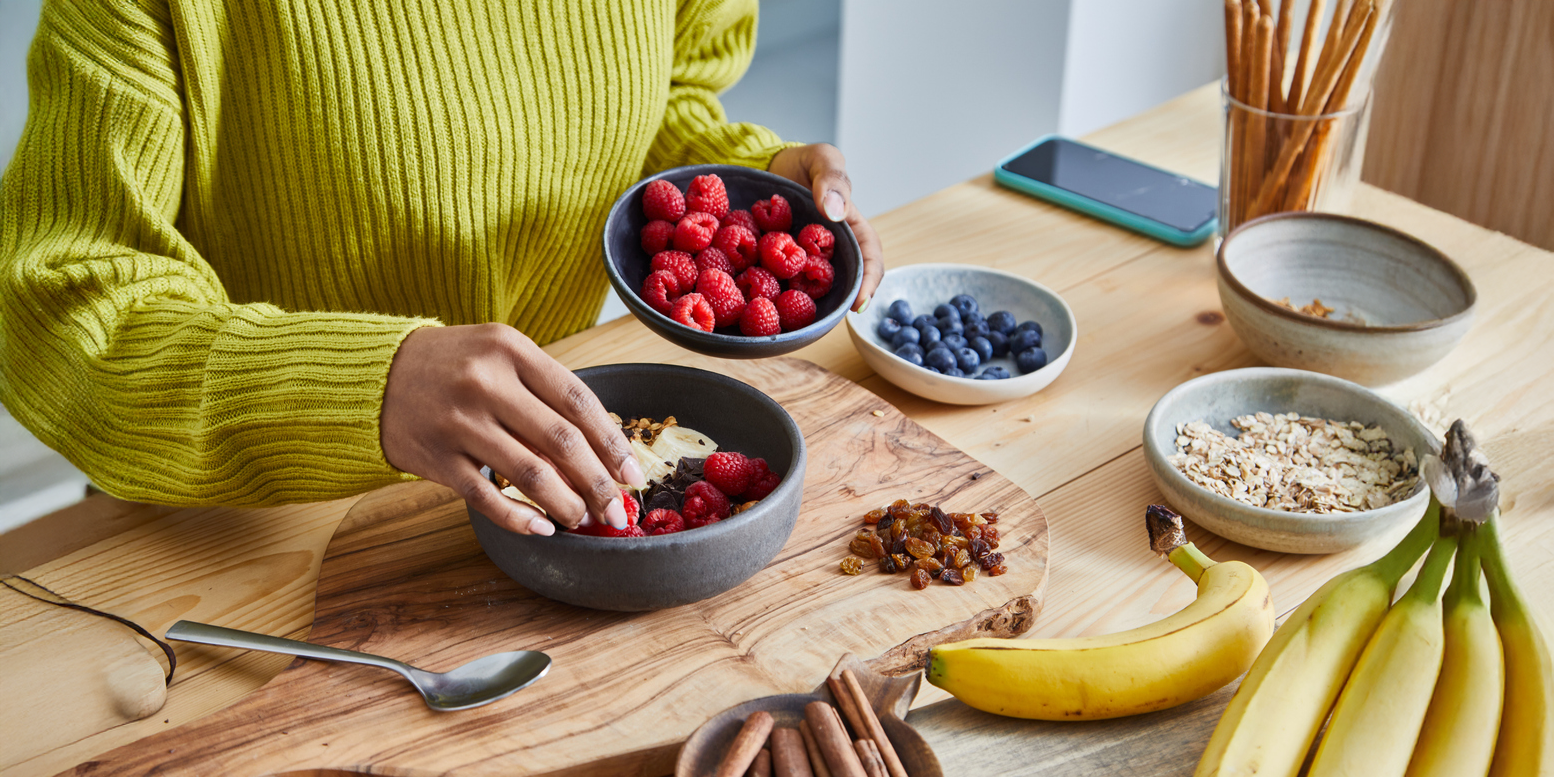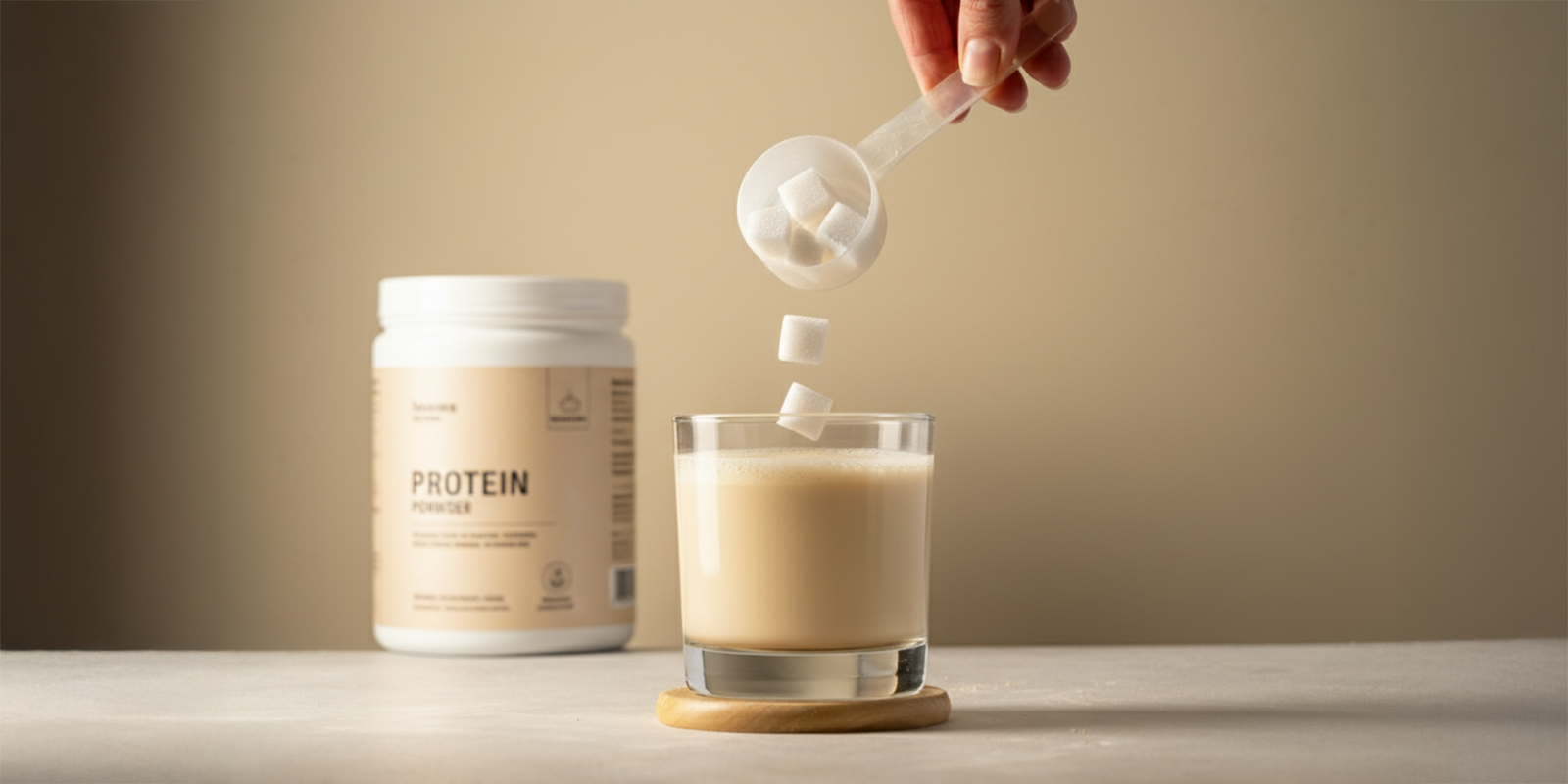It is inevitable that our body is going to experience change as we age. We refer to these normal age driven changes as 'chronological aging.' Changes in the skin texture and structure is a normal part of aging. The combined impact on our skin of both chronological and photoaging, premature aging from UV rays, is that our skin often ages faster than other parts of our body. Unfortunately, this surface level aging is also the most visible to us and others.
Unlike our other organs, our skin has the extra disadvantage of being highly exposed to environmental factors, including the destructive rays of the sun. A lifetime of basking in the sun means chronic exposure to UV irradiation- which causes photoaging. Moreover, areas of the body that get the most sun, such as the face, neck, forearms, or back of the hands, are areas that are on the fast track to aging quickly.
How We Age
|
Types of Skin Aging |
Chronological or Intrinsic Aging |
Extrinsic Aging (aka Photoaging) |
|
Attribution and timing of aging |
10-20% of the aging process and starts to show up around age 60. Less in our control. |
80-90% of the aging process, can start as early as our teens! Lifestyle choices we can control. |
|
Influential factors |
Genetics, age, gender, free radicals, hormonal shifts, oxidative stress. |
Air pollution, diet, smoking, sun exposure, stress, some medications, poor sleep. |
|
Changes in the skin |
Thinning of the epidermis, skin sagging from shrinking bone and skin/ dermis structure, fine lines (around age 60), pigmentation, hollowing of the face where fat on the face decreases, modest reductions in collagen production. |
Thickening of the epidermis, thinning dermis, coarse wrinkles (which can start in our teens!), skin furrowing, mottled and uneven pigmentation, skin growths, cross-linking and destruction of collagen and elastin, advanced glycation end products (AGEs). |
While it is the visible surface of the skin on which the traditional cosmetics industry focuses, the underlying scaffolding and support network beneath is an even more important contributor to overall skin health. The main structural component of the skin is the protein collagen. Collagenis the most plentiful protein in the body, and provides structural strength in many places in the body, including bones, tendons, ligaments, skin and hair. (2) After the age of 20, a person produces approximately 1 percent less collagen per year. (1)
Collagen in the skin is an engineering wonder that forms a unique structural pattern of triple helices interwoven together creating the solid foundation between our skin and underlying fat cells. The other important protein in the skin working in conjunction with collagen is elastin which provides flexibility, suppleness and elasticity. (3) As we age, the fibroblast machinery in the skin that makes collagen, elastin and other important proteins slows down while the process that breaks them down speeds up. This equation in the skin shifts from building to tearing down and can be accelerated by certain environmental factors.

The sun is by far the number one aging factor of your skin. The sun is attributed with up to 90% of all visible changes due to aging. (4,5,7) While we do require some time in the sun in order to create Vitamin D, too much exposure expedites the aging of the skin.
The sun doles out damaging UV rays in two different varieties. UVA has a longer wavelength and is more associated with skin aging. UVA rays are especially destructive because they are able to penetrate your skin’s deepest layers and are credited with the early onset and deep-set wrinkling. While UVB is most famous as the rays of the sun that cause sunburns. (6)

Image Source: https://zo-skinhealth.co.uk/how-to-protect-your-skin-from-sun-damage-infographic/
Matrix Metalloproteinases (MMPs) are the enzymes that break down collagenand are activated by sun exposure. These MMPs not only contribute to the breakdown of collagen, but also inhibit new collagen formation. (9)
Bottom Line: Unprotected exposure to either of these types of ultraviolet rays can damage DNA, diminish fibroblast activity, cause oxidative stress and increase the levels of the enzymes that break down collagen and elastin, leading to chronic skin concerns and premature aging. (8)
What can you do to have great looking skin now and in the future? It makes sense that it is easier to protect healthy skin than it is to rebuild it. That is why a lifetime of good sun care habits is the most important thing you can do to retain your youthful skin. Additionally, protective clothing, sunscreen, sleep and eating a diet rich in plant-based superfoods will help you in your quest for healthy aging.
In case you occasionally get a little more sun than you should or miss a good night’s rest, nature has provided some amazing additions to our diet that can help us have great skin and optimal health. Ingredients like white tea extract, Saberry®, Dermaval™, some amino acids, proprietary grape polyphenols, phytoceramosides and other superfoods can help us “fight the good fight” when it comes to optimal skin health. These ingredients carefully curated by PlantFusionhave been shown to work on multiple levels to inhibit enzymes like MMPs, collagenase and elastase; stimulate fibroblast activity; provide important building blocks; hydrate and nourish; and both prevent and rebuild collagen.
Want to know more about PlantFusion’sinnovative, vegan beauty products? Click here
REFERENCES















